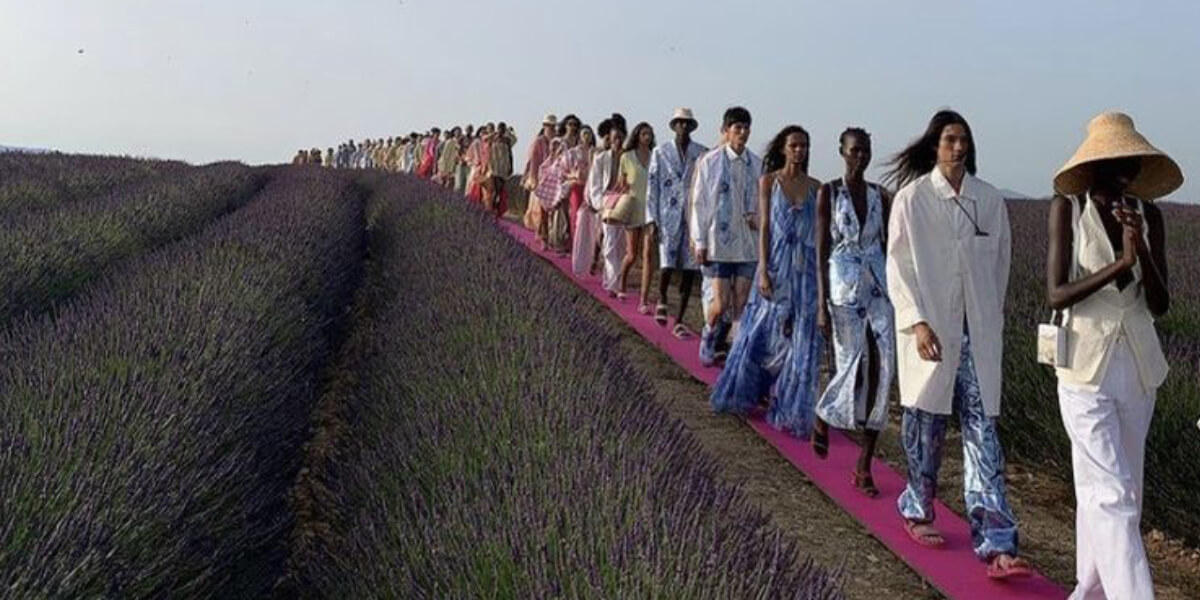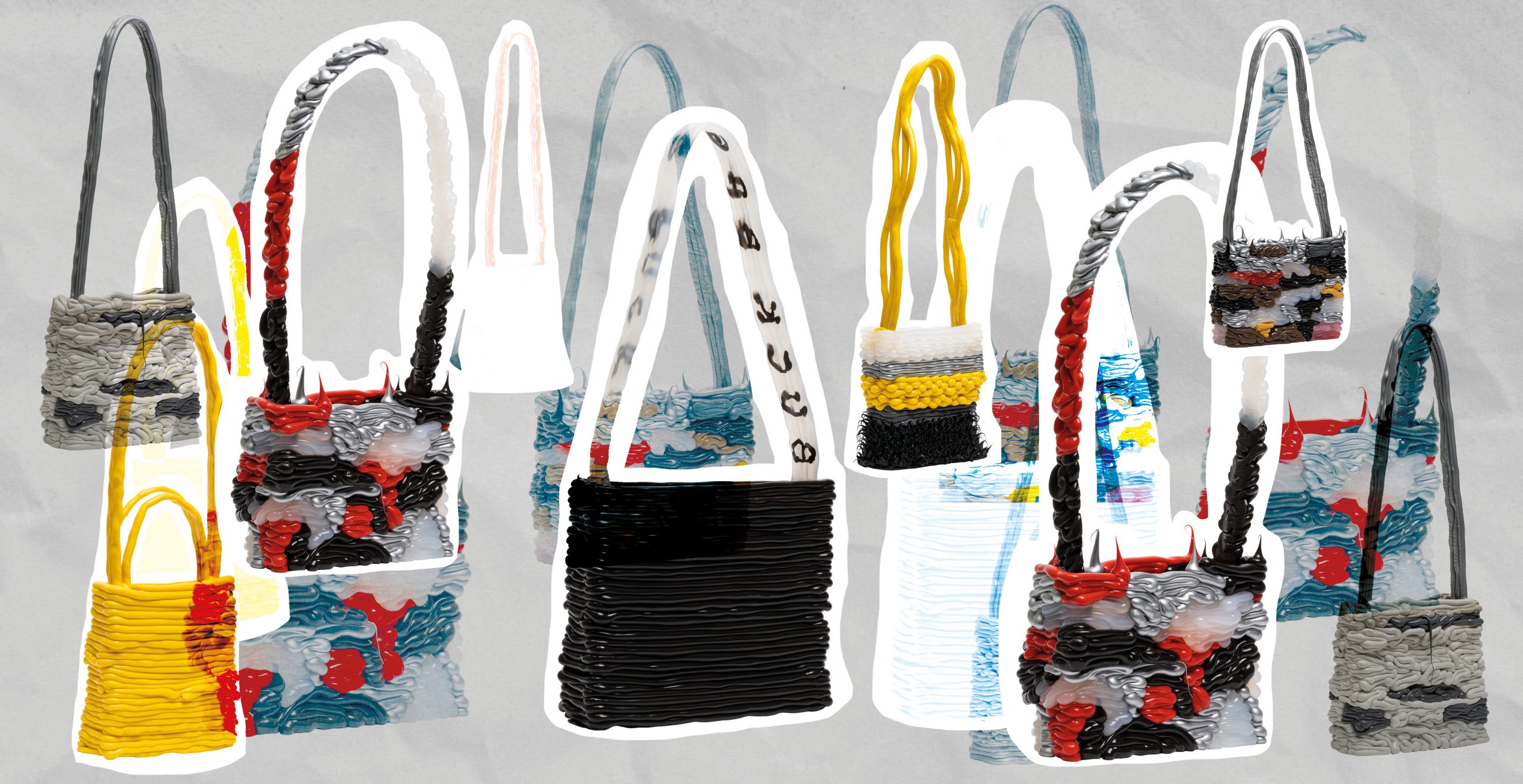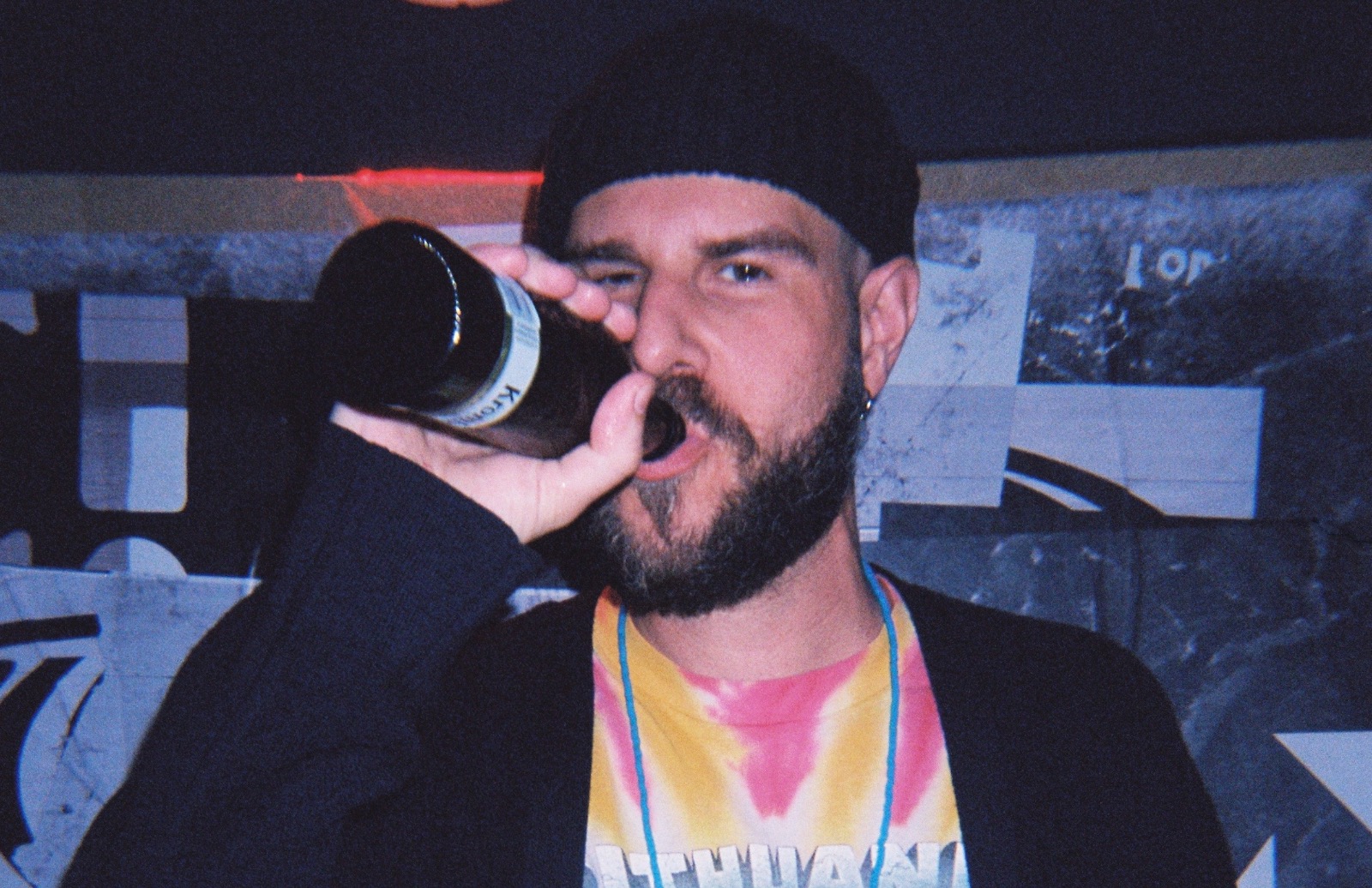Are you an optimist or a pessimist? The last few years have shown us that we are better off appreciating the opportunities rather than focusing on the obstacles. And we would do well to believe in the good more often. After all, opportunity and optimism are crucial to our mental health and motivation, which ultimately affects not only our daily lives, but also our work. So let’s not forget to keep hope alive and take the necessary action where it is needed. At the same time, we can’t afford to bury our heads in the sand and naively ignore all the unpleasant truths. We have to face reality and keep trying to push the industry to improve its track record.
So I must begin with a small confession: I am starting to fall out of love with fashion. As a 20-something woman who considers herself feminist, PC and pretty woke, I can’t help but wonder how my choices and beliefs have contributed to my personal fashion fall out.
Let me explain: I have always wanted to work, live and breathe in the fashion industry. I learned to sew my own clothes at a young age, started writing soon after, studied fashion and did internship after internship at fashion houses, magazines and production companies. You could say I have ticked every box. And now I have had enough.
With everything happening in the world right this second it’s difficult to focus on fashion the same way I did before. And the industry itself is doing its part as well: From struggling designers to fast fashion controversies, the problems in the fashion industry are enough to make even the most experienced of fashion veterans want to throw in the towel. If you look at the last few years, the fashion and apparel industry made a lot of headlines for all the wrong reasons in the last few years – from sweatshops in developing countries and greenwashing sustainability claims to zero-hour contracts and burning excess inventory
The fashion industry is second only to the oil industry in terms of its pollution contributions. And when you look at the whole apparel supply chain—from raw materials extraction to manufacturing to distribution to waste disposal—the industry accounts for 10% of global carbon emissions.
Fashion is also one of the worst offenders when it comes to human rights abuses and the exploitation of workers, especially women and children. According to the International Labor Organization, there are ~40 million garment workers worldwide, and 80% of them are women between the ages of 18 and 35. Many of them make less than minimum wage and work insanely long hours. In some places, female garment workers don’t even have access clean sanitation and hygiene facilities.
Further, the rising popularity of fast fashion has made it easier for consumers to buy clothing and accessories that are trendy, but also cheap. But while the clothes themselves might be inexpensive, the environmental and social cost of fast fashion is anything but.
Product counterfeiting is one of the biggest challenges facing fashion brands today who want to grow and expand their business in international markets. The counterfeit industry was estimated to be worth nearly $450 billion globally in 2019, with annual sales losses from fashion industry counterfeits amounting to $28.3 billion in 2020.
Big fashion brands have a big challenge. It’s hard to sell original high-value products when everyone wants cheap knock-offs! According to a 2022 piece by The Cut, counterfeit luxury bags have become more popular than the real ones amongst a section of New York’s elite. Meanwhile, smaller brands (especially those selling online) are at risk because they may not have the resources to stop counterfeits before they hit the grey market. And once a fake product has gone into circulation, it can be very difficult for people to tell whether it’s real or not.
This is just the tip of the iceberg. All this and more begs the question: Are you already numb to it all? Or are you deliberately blocking it all out? But where does ignorance begin and concern end? It’s hard not to feel affected by everything that’s going on right now, and amidst the tidal wave of inhumanity and absurdity washing over us, it’s proving to be a huge challenge to get our own thoughts straight and turn them into something constructive.
But choosing not to broach the current geo-political and social situation would be like turning our backs on someone who needs help.
So what is there to love about fashion? I don’t want to end on a negative note. A long time ago, fashion was just a way of covering the body. It was an outlet for people to protect themselves. But things have changed and fashion has become a gateway for people to make a statement with what they wear. People got really into wearable art and decided to put effort into it. It became a way of expressing a lot of things to the world. And let’s face it, regardless of all the uncertainties about fashion – it’s still important.
But we still need to ask ourselves how we can set boundaries in a world where we can barely see beyond tomorrow.




























